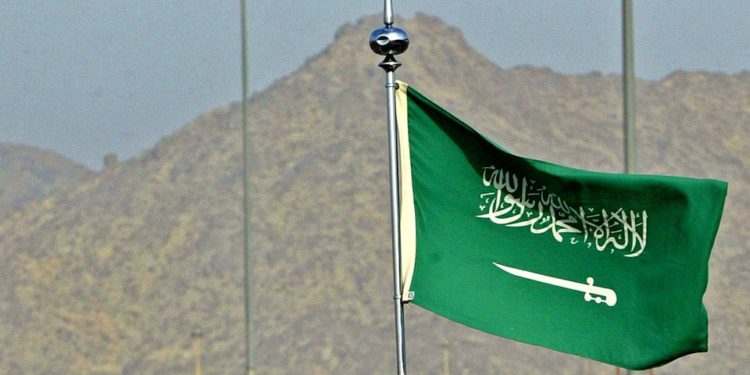
The deficit in the annual budget for the year 2020 in the Kingdom expresses an unprecedented predicament that threatens to increase public debt, resort to borrowing and possibly increase taxes and prices.
Despite the deficit recorded in the Kingdom’s budget, the remarkable increase in the Saudi system is public spending despite declining public revenues despite the need to search for tools and other sources to maximize public revenues away from traditional sources of oil.
It is also necessary to refrain from resorting to the citizen’s pocket, and imposing more taxes and fees, especially those that affect the poor citizen or foreign labor.
The reason for the exacerbation of the Kingdom’s budget deficit lies mainly in expectations that there will be no significant improvement in oil prices during the next year, despite the bold decision taken by the Organization of Petroleum Exporting Countries (OPEC) and its allies, led by Russia, last Thursday and Friday in Vienna, and requires an additional reduction In oil production, an amount of about 500 thousand barrels per day beginning in the year 2020, bringing the reduction to 1.7 million barrels.
The aim of this decision was to reduce the oil supply in world markets, and thus to push oil prices higher, or at least to maintain their levels at $60 per barrel.
Three days ago, the Saudi government revealed the most important indicators of the budget for the year 2020, and among the most prominent of these indicators were a rise in the fiscal deficit, a decline in the government’s financial reserves, and an increase in military spending.
In detail, the Kingdom expected its fiscal revenues in 2020 to decrease by 9% to 833 billion riyals ($222.13 billion), compared to expectations for 917 billion riyals ($244.54 billion) in 2019.
The decline in revenue is logical and justified, which is the drop in oil revenues by 15% to reach 513 billion riyals ($136.8 billion), knowing that this decline is not matched by an increase in other non-oil revenues that will only grow by 2% to reach 320 billion riyals ($85.34 billion).
Perhaps the Saudi government may resort to borrowing from international markets, which was revealed by a senior official in the Ministry of Finance, as it revealed that the Kingdom may offer international bonds soon to collect debts worth 32 billion dollars next year. The government may resort to increasing prices, including fuel, or increasing taxes, especially value-added tax.
Among the most prominent indicators of the new Kingdom’s budget are also the high expectations for the current deficit in the 2020 budget to reach 187 billion riyals (50 billion dollars), which is more than the expected deficit for 2019 and estimated at 131 billion riyals (35 billion dollars), as well as the decline in government financial reserves, to 346 billion riyals (92.3 billion dollars), compared to 467 billion riyals (124.53 billion dollars) in 2019, and the public debt increased by 11.2% in 2020 to 754 billion riyals (201.1 billion dollars).
Among the indicators is the continued increase in military spending in Saudi Arabia during 2020, which will be resolved secondly after education, by 17.8 percent of total public expenditures, at a value of 182 billion riyals (48.53 billion dollars).
The gravity of the indicators of the Kingdom’s budgets is that they may push the system towards increasing taxes, fees, fuel prices, and other things instead of rationalizing public spending, especially on armaments. Likewise, indicators of increasing the public deficit and debt may drive global rating institutions to reconsider the classification of those countries, especially those that suffer from local and external financial deficits .